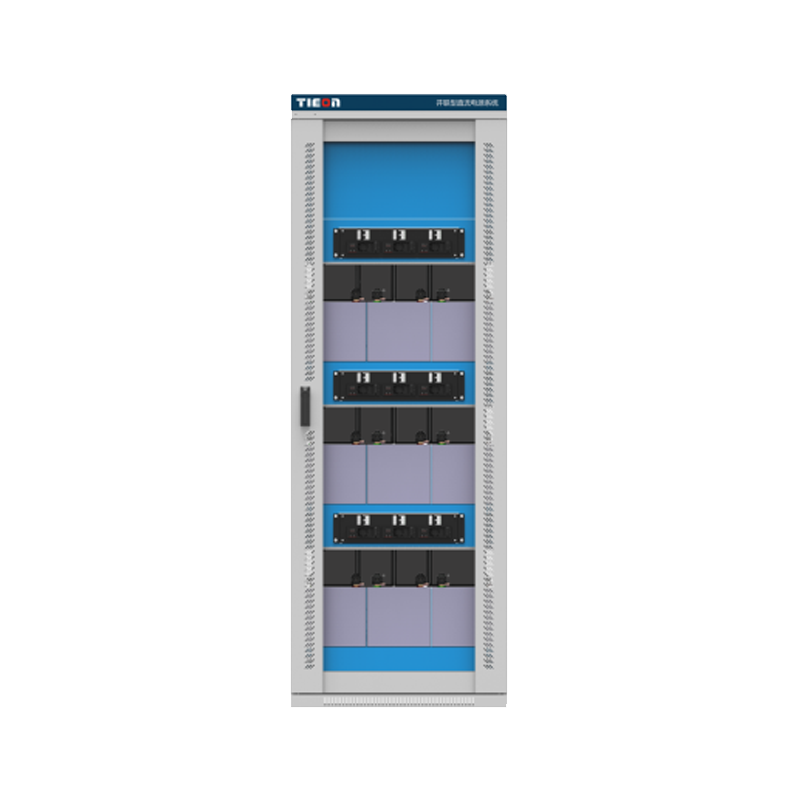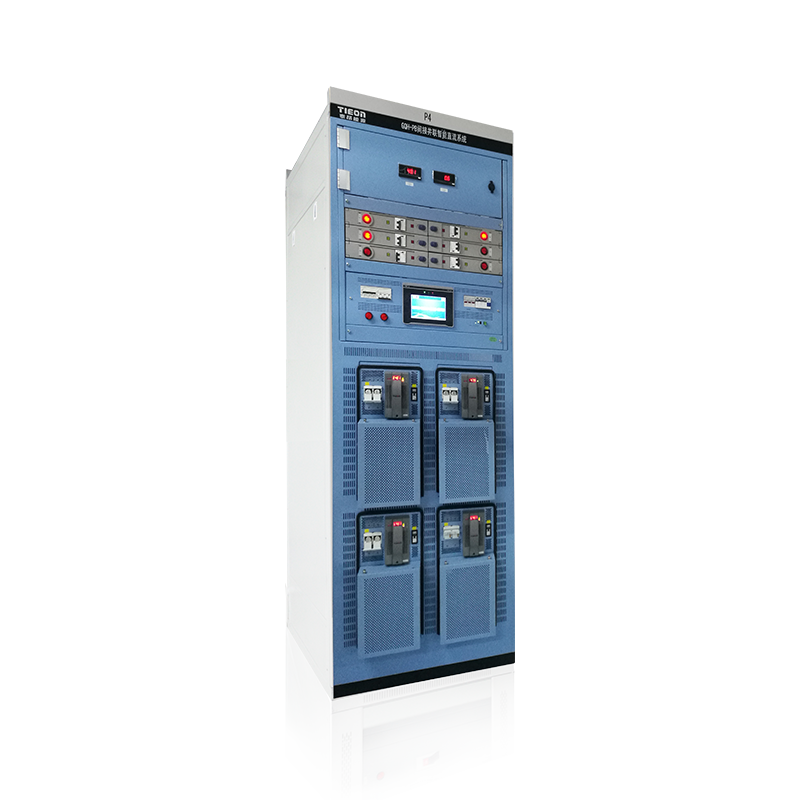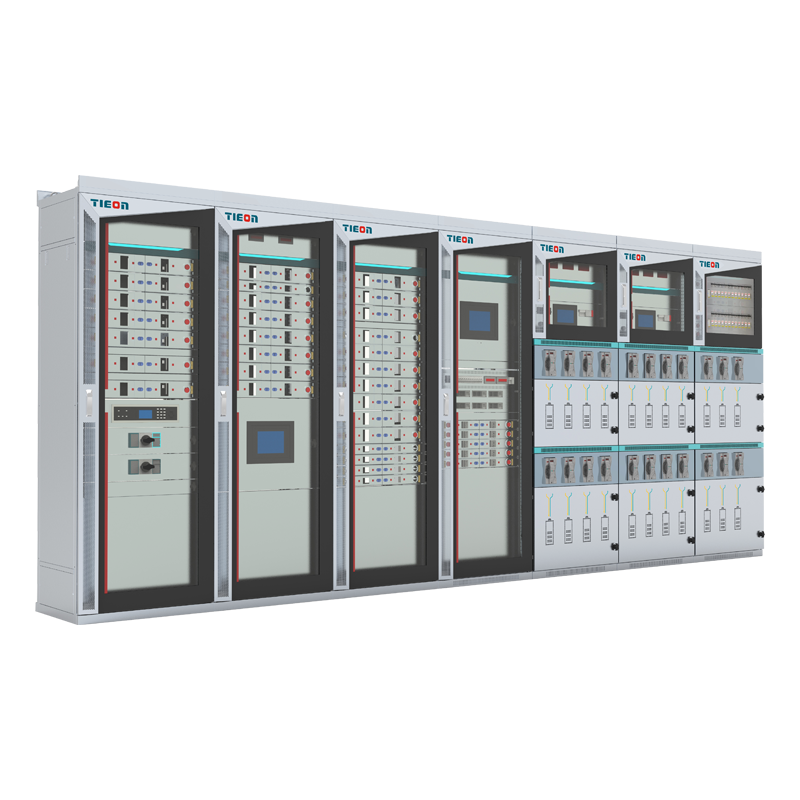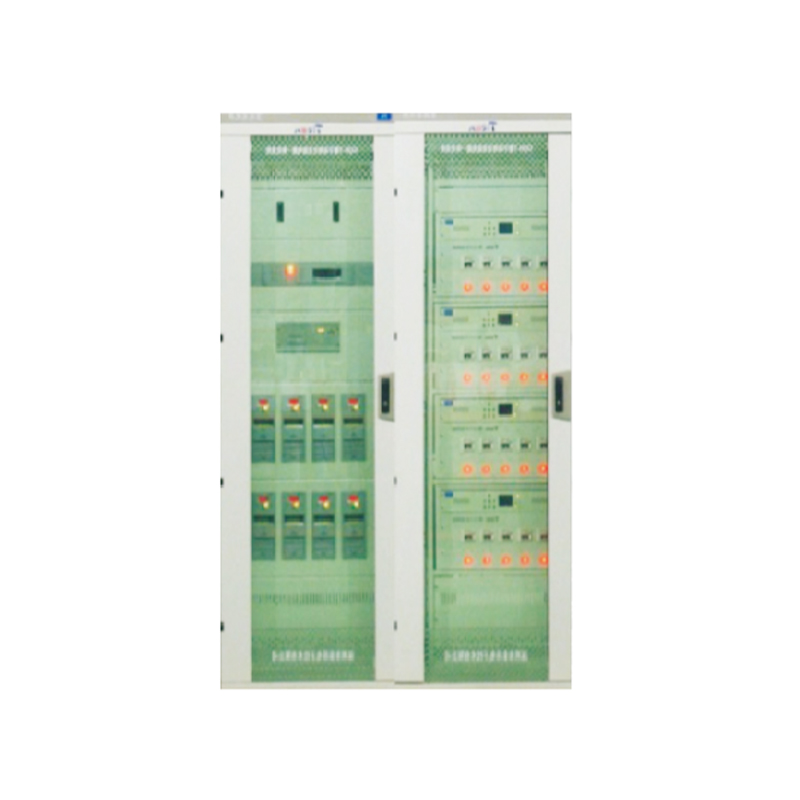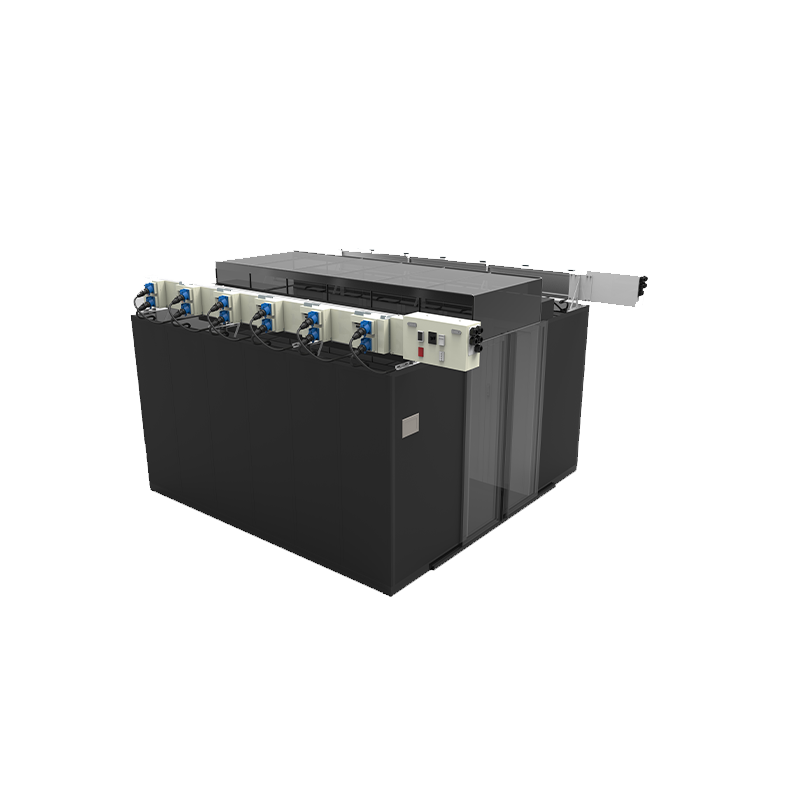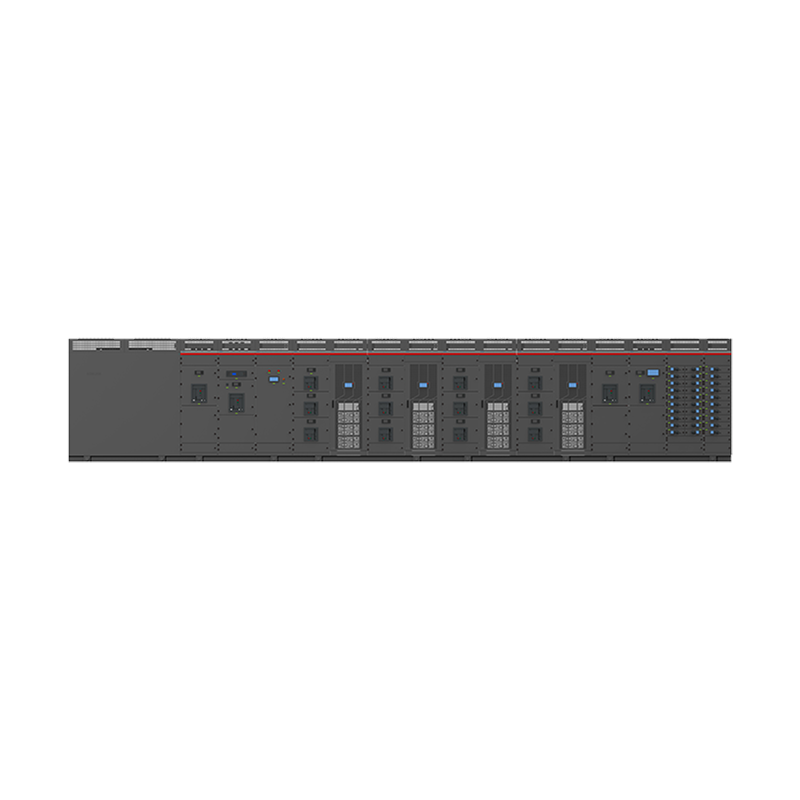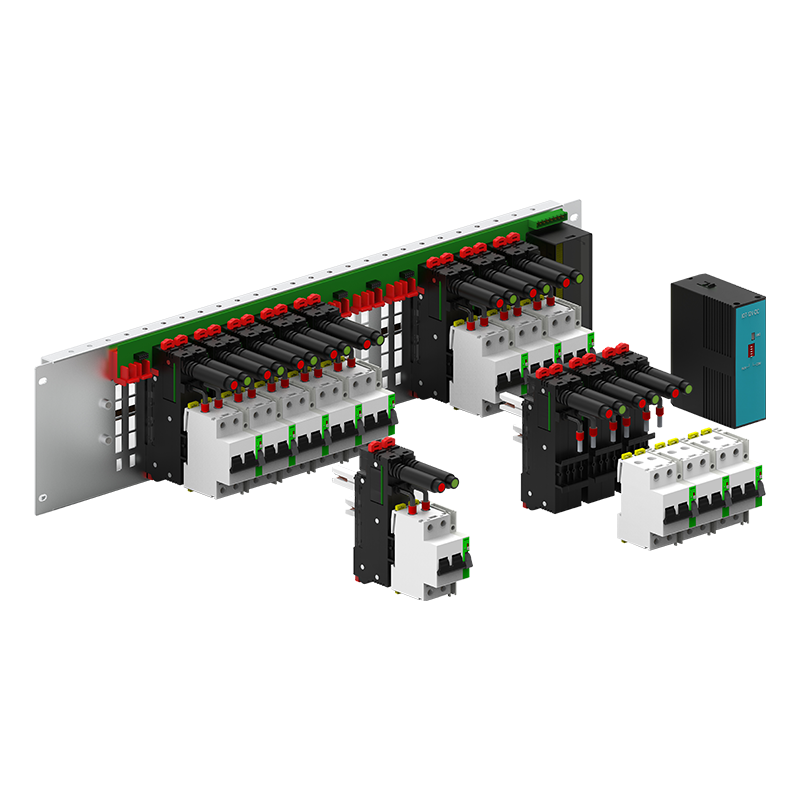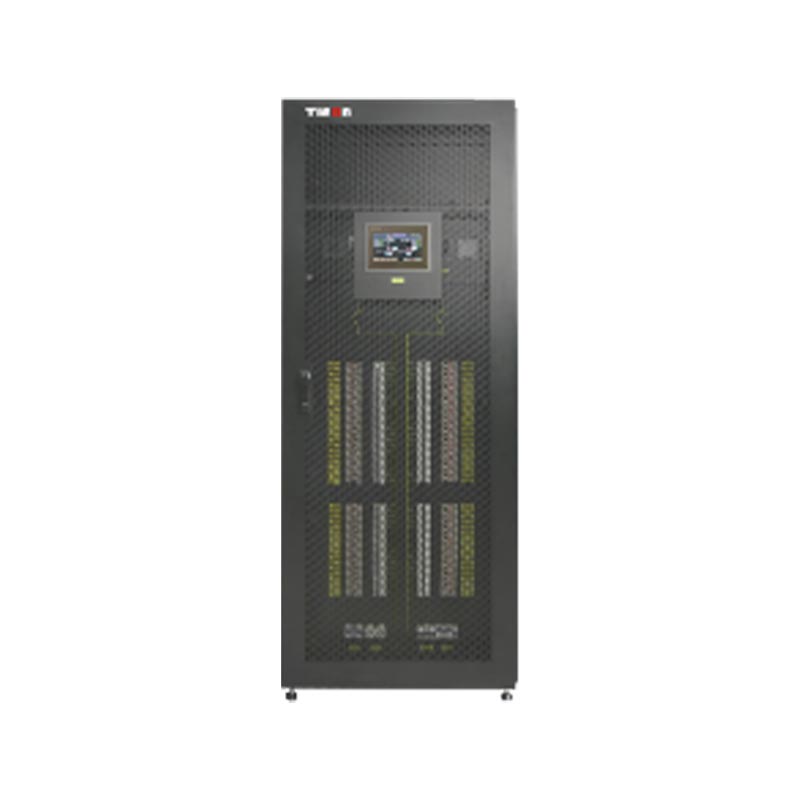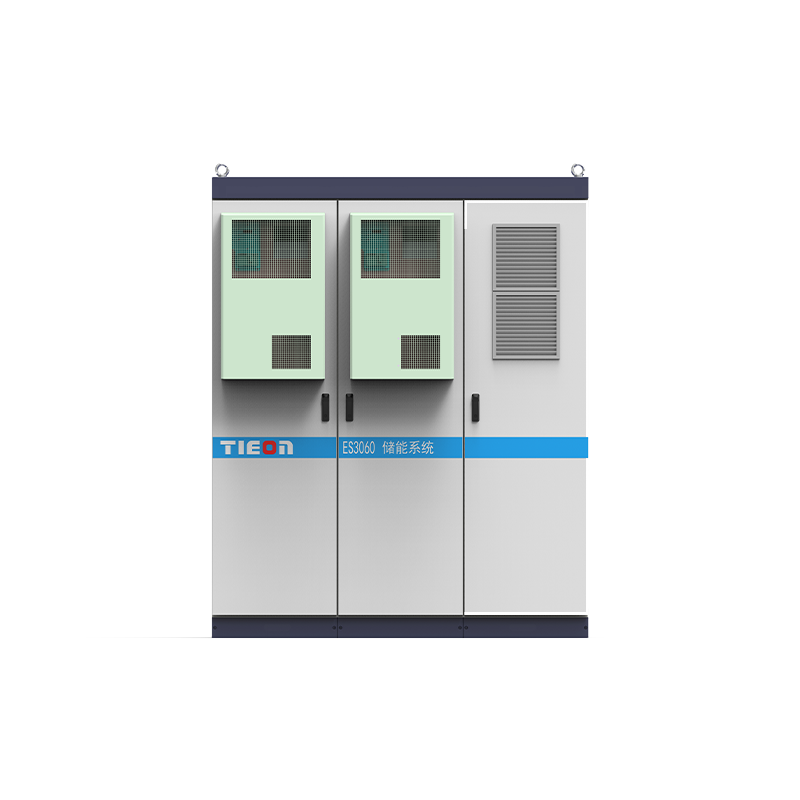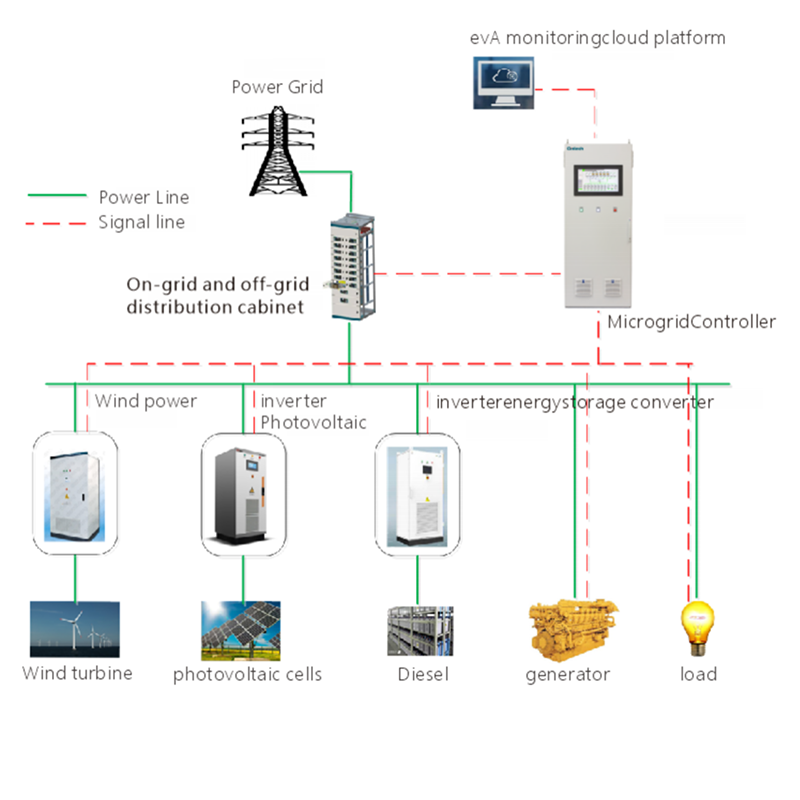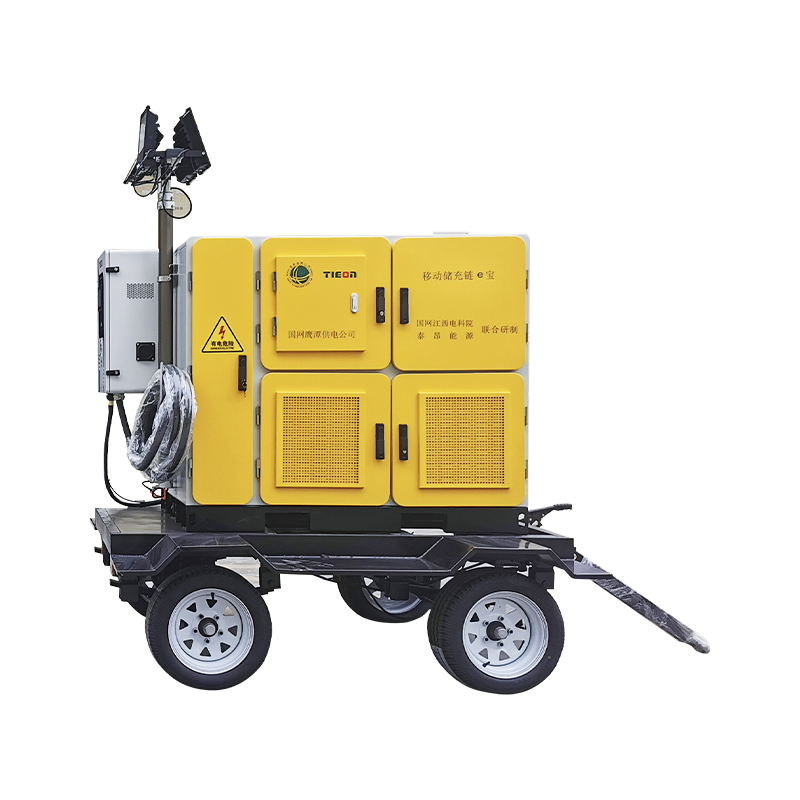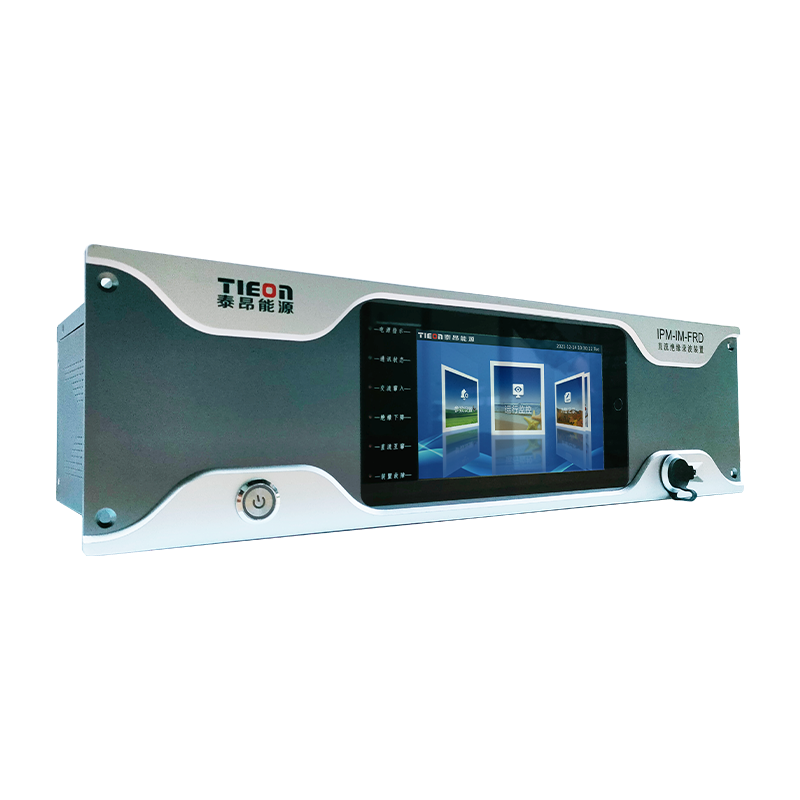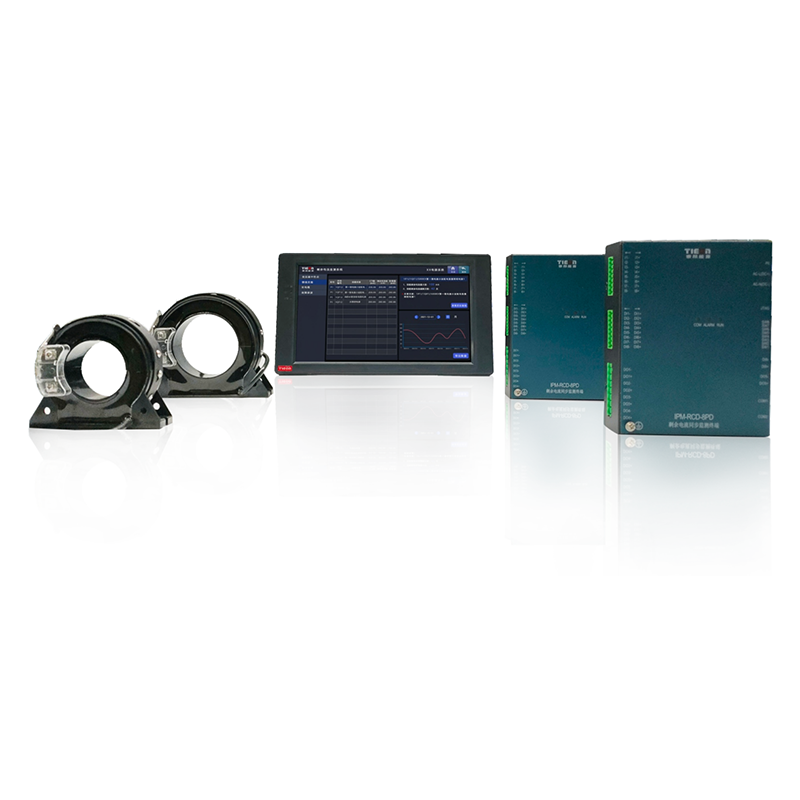A fully modular power supply is a design approach where all cables, including those for the motherboard, CPU, and graphics card, can be connected or disconnected independently as needed. This contrasts with traditional non-modular power supplies, where all cables are permanently attached, and semi-modular power supplies, which have some fixed cables and some detachable ones.
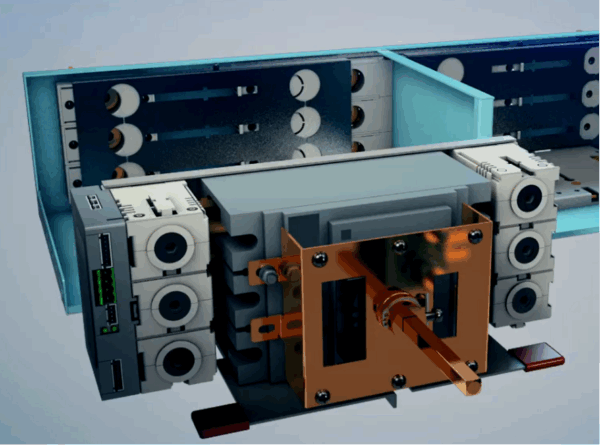
Key Features and Benefits of Fully Modular Power Supplies
Enhanced Flexibility:
Users can connect only the necessary cables, optimizing cable management and reducing clutter inside the computer case.
Ideal for custom builds and configurations that require specific power connections.
Improved Airflow and Cooling:
With fewer unnecessary cables, air circulation within the case is improved, leading to better cooling performance and potentially extending the lifespan of components.
Ease of Installation and Maintenance:
Simplifies the build process by allowing users to route and manage cables more efficiently.
Makes it easier to replace or upgrade components without dealing with excess cables.
Aesthetic Appeal:
Cleaner and more organized internal layout enhances the overall appearance of the system, which is particularly important for enthusiasts who use transparent side panels on their cases.
Reduced Interference:
Fewer unused cables mean less potential for electromagnetic interference (EMI), which can improve system stability and performance.
Non-Modular Power Supplies:
All cables are permanently attached, leading to cable clutter and making cable management more challenging.
Less flexible in terms of configuration and harder to maintain a tidy internal layout.
Semi-Modular Power Supplies:
Combines fixed essential cables (like motherboard and CPU power) with detachable peripheral cables (like SATA and PCIe).
Offers a balance between cost and flexibility but still requires managing some fixed cables.
Ideal Users:
Enthusiasts and Custom Builders: Those who prioritize clean builds and optimal airflow.
Professionals and System Integrators: Who need to frequently update or modify systems and require ease of installation and maintenance.
Users with High Cable Management Standards: Individuals who want the best possible internal layout for aesthetic reasons or to showcase their builds.
Suitable Scenarios for Fully Modular Power Supplies
High-Performance PCs:
Application: Ideal for gaming PCs, workstations, and other high-performance systems that require complex cable management.
Benefits:
Optimized Cable Management: Only necessary cables are connected, reducing clutter and improving airflow.
Enhanced Cooling: Improved air circulation, resulting in lower operating temperatures due to fewer unnecessary cables.
Aesthetic Appeal: A Cleaner internal layout enhances the overall appearance of high-end builds.
Small Form Factor Cases:
Application: Particularly beneficial for ITX or small form factor (SFF) cases where space is at a premium.
Benefits:
Space Efficiency: Minimizes cable clutter, making it easier to fit components within limited space.
Improved Accessibility: Easier to access and manage components due to reduced cable interference.
Cooling Optimization: Enhanced airflow in tight spaces helps maintain optimal operating temperatures.
Customization Needs:
Application: Suitable for users who prioritize internal aesthetics and neatness.
Benefits:
Custom Layouts: Allows for highly customized and organized internal layouts, appealing to enthusiasts and showcase builds.
Clean Build: Achieves a cleaner and more professional look, which is especially important for users with transparent side panels.
Personalization: Facilitates the use of custom cable lengths and colors to match individual preferences.
Frequent Upgrades:
Application: Beneficial for users who frequently change or upgrade hardware components.
Benefits:
Ease of Installation: Simplifies the process of adding or removing components by allowing only the necessary cables to be connected.
Reduced Downtime: Faster and easier hardware swaps reduce maintenance time and effort.
Future-Proofing: Adaptable to new configurations without being constrained by fixed cables, ensuring long-term usability.
Detailed Examples:
Gaming PCs:
Gamers often need multiple power connections for high-end GPUs, multiple storage drives, and additional cooling fans. A fully modular PSU allows them to connect only the required cables, keeping the interior tidy and improving airflow for better performance under heavy loads.
Workstations:
Professionals using workstations for tasks like video editing, 3D rendering, and CAD design benefit from clean and efficient cable management. This ensures reliable operation and easy access for upgrades or troubleshooting.
ITX and SFF Systems:
Users building compact systems appreciate the ability to minimize cable clutter, making it easier to fit all components into smaller cases while maintaining good airflow and thermal management.
Enthusiast Builds:
Enthusiasts who enjoy showcasing their builds through transparent cases value the aesthetic benefits of fully modular PSUs. They can achieve a visually appealing setup with minimal visible cables.
Frequent Upgraders:
Users who regularly update their hardware components find fully modular PSUs convenient because they can easily add or remove cables as needed, streamlining the upgrade process and reducing potential complications.
In summary, fully modular power supplies offer significant advantages in various scenarios, from high-performance gaming rigs to compact ITX builds, catering to users who demand flexibility, ease of use, and aesthetic appeal. These benefits make them an excellent choice for those looking to build or maintain high-quality, well-organized computer systems.

